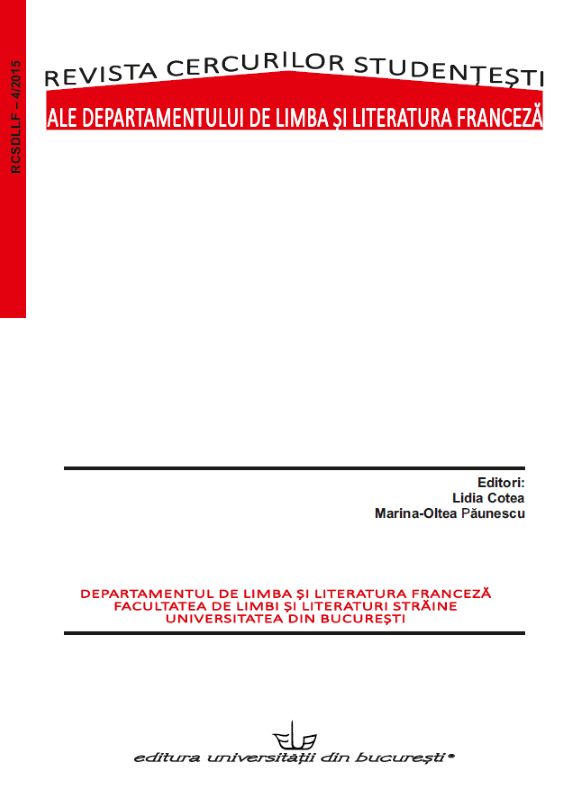L’imaginaire de la peste chez Boccace et chez Guillaume de Machaut
The imaginary of the plague in Boccaccio and Guillaume de Machaut
Author(s): Diana DinicăSubject(s): Language and Literature Studies, Studies of Literature, Comparative Study of Literature, French Literature, Other Language Literature
Published by: Editura Universităţii din Bucureşti
Keywords: Black Death epidemics; Meeting point between history and medieval poetry; The Plague seen as Poetic Justice; Medieval Antisemitism; Divine retribution; Boccaccio; Guillaume de Machaut;
Summary/Abstract: What we call today the “black death” took the form, between 1348 and 1351, of a bubonic plague epidemic that spread across the Europe and it’s consequences became one of the major pillars of society’s evolution. Being two of the few writers to reference not only the socio-economical disaster produced by the plague, Giovanni Boccaccio and Guillaume de Machaut left for us today in their works Il Decameron and Le jugement dou Roy de Navarre, as heritage, a complete picture of that era in which the nuances given to the details help us discover the meeting point between history and medieval poetry. At the same time, we meet a different point of view in which calamity is seen as a weapon nature uses to stay protected from itself, to clean everything that, up until that moment, has proven harmful.
Journal: Revista Cercurilor studenţeşti ale Departamentului de Limba şi Literatura Franceză (RCSDLLF)
- Issue Year: 2015
- Issue No: 4
- Page Range: 33-40
- Page Count: 8
- Language: French
- Content File-PDF

